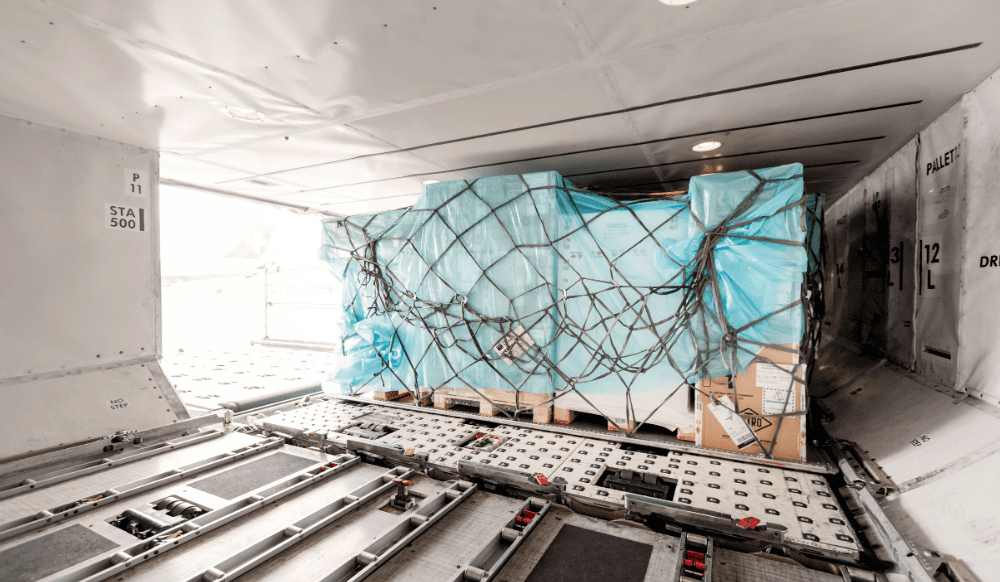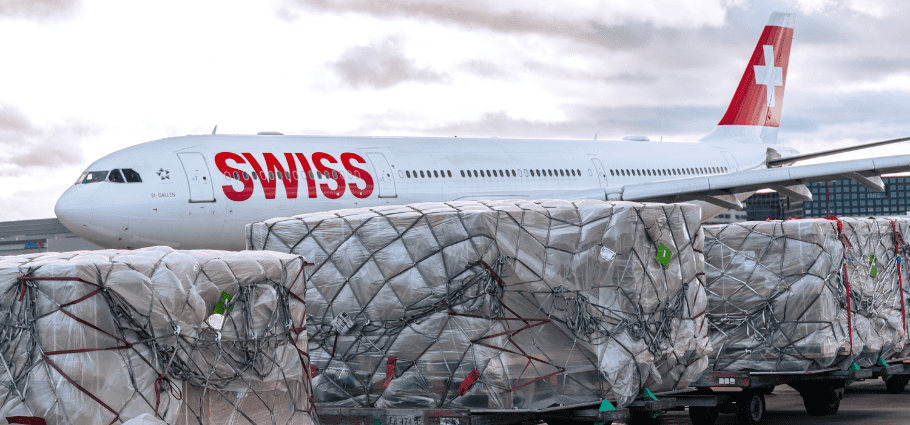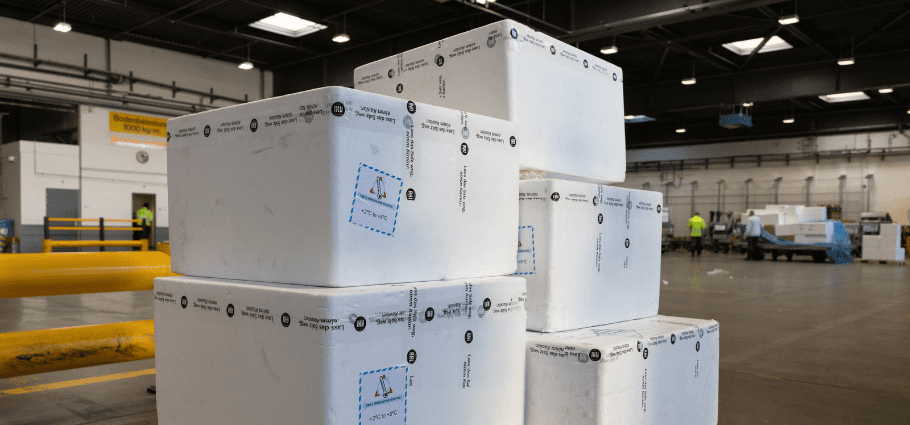The importance of proper cargo packing in air freight
Efficient and secure packing is a critical factor that influences not only the condition of the shipped goods but also the overall safety and efficiency of the transportation process. The need for meticulous packing stems from the unique demands of air cargo transportation, which can include rapid changes in pressure and temperature, as well as the usual vibrations and shifts during handling and flight. The right packing approach can make a significant difference in protecting goods from these potential hazards.
Various types of cargo, each with its own requirements, necessitate a tailored approach to packing. Standard pallets, for instance, are widely used for a range of goods and need to be packed to maximize space and minimize movement. Animal crates demand a focus on ventilation and stability; while temperature-sensitive containers require insulation and sometimes even active temperature control. In each case, the goal is to ensure that the cargo arrives in the same condition as when it was dispatched.
Selection of appropriate packing materials
- Corrugated cardboard: Popular for its lightweight yet sturdy structure, corrugated cardboard provides excellent protection against impacts and is adaptable for various shapes and sizes of cargo.
- Bubble wrap: This material is essential for cushioning fragile items. Its air-filled bubbles offer superior protection against minor movements, which are common during air transit.
- High-quality tape and cargo straps: Durable tape is used to seal packing containers securely, preventing accidental openings. Cargo straps are critical for securing larger items on pallets, ensuring that they remain stationary and do not shift during the flight.
Compliance with safety and regulatory standards
Compliance is crucial for both the safety of the cargo and especially the well-being of everyone involved in its transportation, including passengers on board of the aircraft. International regulations regarding dangerous goods are particularly stringent, requiring specialized packaging handling and documentation. These regulations ensure that dangerous goods are transported in a manner that minimizes the risk of accidents or incidents.
While packaging and training are the essential elements of regulatory compliance, accurate marking, labelling, and thorough documentation are also important components. Marks and labels provide vital information about the contents and handling instructions, which is critical for the safe and efficient transportation of goods. Proper declaration of the dangerous goods by the shipper ensures that everyone involved in the transportation chain of such goods know what dangerous goods they are transporting.
Future innovations and trends in sustainable packaging
As environmental considerations become increasingly paramount, logistics companies are exploring new ways to integrate more sustainable practices into their operations. This includes developing biodegradable packing materials, improved recycling techniques, and smarter, more energy-efficient packaging designs.




